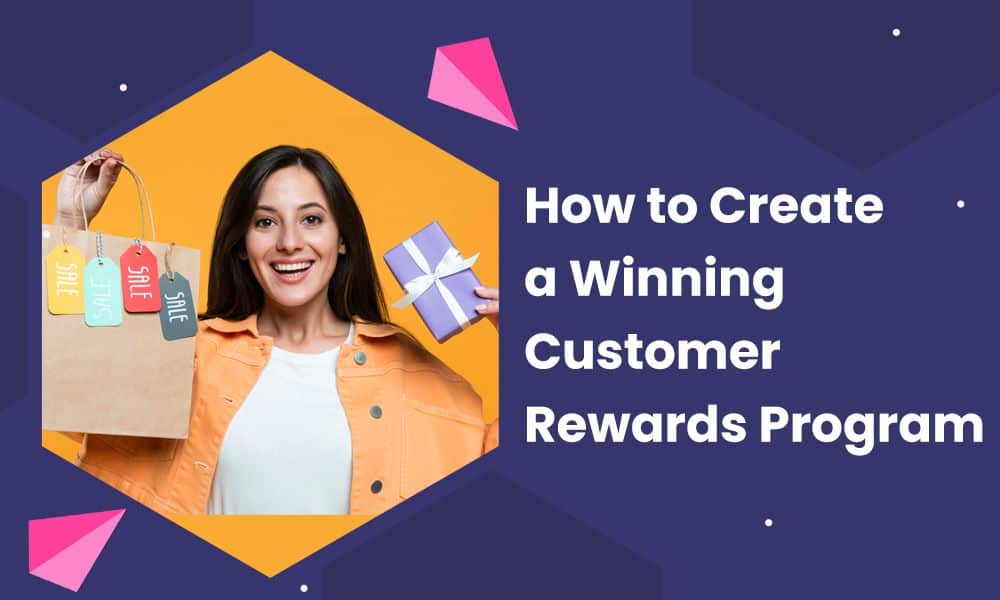Did you know that by 2027, one in three businesses without a customer rewards program are poised to set one up?
Many businesses have realized the value of treating customers like VIPs. Customer rewards programs, where customers receive perks and discounts for buying your products or services, are a surefire way to drive business growth. These programs are advantageous for improving customer satisfaction, elevating sales, and boosting brand loyalty.
In this blog post, we’ll help you develop a successful customer rewards program with insights, actionable strategies, and real-life examples.
Let’s get started!
Table of Contents
Key Takeaways
- Improve customer loyalty and sales with a well-structured rewards program while recommending personalized products to enhance customer engagement.
- Simplify the process of joining the rewards program to boost participation. Offer valuable, frequently updated rewards to keep long-time members engaged.
- Train your team to handle customer inquiries about the rewards program efficiently to ensure smooth operation and customer satisfaction.
Understanding Customer Rewards Programs
Building a winning rewards program begins with knowing what goes into one and why it works, so let’s start there!
The psychology of rewards
What is it about a rewards program that inspires repeat customers to participate again and again? Like many successful marketing concepts, it comes down to psychology, particularly the idea of positive reinforcement.
Just as positive reinforcement motivates behavior in many areas of life, your customers are driven by rewards. Customers who buy something from your store and receive incentives experience a psychological benefit that encourages them to return for more.
That’s especially true when your rewards program has tiered levels, meaning those who spend the most get the greatest rewards. Your most loyal customers will itch to get into that upper echelon and be willing to spend more money.
Types of customer rewards programs
It’s pretty cool how it all works, wouldn’t you say? And what makes it even more fascinating is how you have so many rewards programs you can offer your customers. Let’s talk about the types.
- Referral programs: A referral program is a win-win for your customers and your company. They get rewarded for recommending their friends, family, and colleagues. You get a steady supply of qualified leads.
- Cashback programs: People are always eager for more cash. A cashback program rewards your customers for spending money, such as on a branded credit card. The customer receives a small sum for each purchase.
- Tiered programs: I talked about a tiered customer loyalty program before. The more money the customer spends, the higher the tier they enter. They can reach a greater level of rewards, which is very enticing.
- Points-based programs: The last type of customer rewards program is points-based. Customers receive points for their purchases that can be used for products and services, which they would receive for free.
Read more: 10 Creative Customer Engagement Strategies for Small Businesses
Key components of a customer rewards program
So, what exactly goes into a customer rewards program? Here are the required components:
- Rewards structures: First, you must determine your customer program’s rewards structure. That will require you to confirm the type of program you want and the average redemption value. I’ll discuss this in more detail later.
- Redemption processes: You also have to consider the criteria for redeeming rewards. Do customers have to spend X amount or earn Y number of loyalty points before they can get their rewards, or can they request redemption with each purchase?
- Customer engagement tactics: Custom rewards programs increase engagement but can’t be all you rely upon. You also need other strategies, including email marketing, content marketing, and social media marketing. I’ll also go into more detail on this later.
Read more: 10 Customer Management Strategies to Boost Customer Loyalty
How to Plan Your Customer Rewards Program
Let’s get your rewards program underway by discussing what goes into planning it.
This is the meat and potatoes of your program, so put some time into talking over these points with other stakeholders in your company.
Setting goals
First, you must decide what you want to achieve by launching a customer rewards program. Companies often aim to improve customer loyalty and reliable sales, but you might have other goals. Whatever they are, you need to map them out clearly.
Having clear objectives for your rewards program makes it easier to track the right metrics later to decide if your program meets expectations or needs adjustments.
Identifying your target audience
Rewards programs are only for some members of your audience. You should identify those who have spent the most money on your products or services or use their projected customer lifetime value or CLV as your baseline.
Once you’ve found your most viable customers, you should still segment them further. Here are some variables to use for segmentation:
- Brand interactions, including website visits and page interactions
- Values and interests
- Lifestyle
- Needs
- Yearly income
- Job title and industry
- Product preferences
- Purchasing behavior, including how much they spend, the types of products they spend on, and how regularly they buy from your store
- Location
- Gender
- Age
- Marital status
- Number of children
Choosing the right type of program
If you offer different types of rewards programs, you can use the above information to determine which program suits each audience group.
When contemplating program types, consider which is the most likely to appeal to your audience segments according to their browsing and purchasing history.
Another consideration is how likely your audience is to use the rewards program. That’s decided upon partly due to how easily you get rewards and the caliber of rewards.
For example, if it’s easy to join your rewards program and start earning, but the rewards aren’t that good at a lower tier, here’s what will happen. You should notice an influx of participation at the start because your rewards program is the hot new thing.
Once your audience gets acclimated to how it works and what’s in it for them, their participation will trail off. How many points cards do you have from various retailers in your wallet?
Exactly. I’m not trying to vilify points-based rewards programs or any type. These are just things you must consider as your program gets underway.
Read more: 14 Creative Customer Engagement Strategies for Small Businesses
How to Design an Effective Rewards Structure
I said I would, and now I want to share my most valuable insights on how to build a structure for your rewards program.
Let’s get right into it.
Determining rewards
Before anything else, you have to plan what types of rewards you’re willing to give your customers for their program participation. The rewards have to be valuable enough that they’re incentivizing but should not cause your business to lose money if you offer the product/service as a reward.
You’ll have to carefully inventory your product and service roster to select which are the most eligible for rewards.
Review your rewards program at least once a year to determine if the rewards are still worthwhile to your audience. Factors like changing audience needs and new products or services can change the rewards you offer.
Earning points
Next, plan what your customers must do to earn the rewards. For example, if using a points-based rewards system, you have to determine what customers can do to earn points and how many reward points they get per action.
You might decide that a customer earns 20 points for sharing your social media posts and 50 points for leaving a review.
As you assign value to your rewards program, decide the threshold for rewards redemption. Using the points-based system as an example, if customers have to earn 100 points for a reward, it will only take two reviews and five social shares to reach the needed points. You don’t want to make your customers work too hard to get rewards.
If you do, they’ll likely never reach the threshold, which disincentivizes them to participate.
Redeeming rewards
What do your customers do when they’ve accumulated enough points to cash their reward?
The redemption stage has to be easy, or your customers won’t bother with the rewards program. Maybe all they have to do is open your app and click a button. Perhaps they receive their reward in their inbox or see a unique discount code in their account.
Special rewards
How do you make your rewards program that much more covetable? It’s easy! Incorporate some special rewards into your offerings.
VIP program benefits, birthday rewards, and exclusive discounts and offers will trigger a customer’s sense of FOMO. Those who aren’t in your program will want to join. And those who are already members will want to work that much harder to get these unique benefits.
Read also: 5 Top High-Ticket Affiliate Programs to Maximize Your Earnings
How to Implement and Launch Your Program
Good work getting together the basics of your customer rewards program. Now it’s time to bring the program to your audience, which requires some technical setup and then promotions. You’ll also have to ready your team for a new responsibility.
Don’t worry; I’ll guide you through each part of this critical step.
Technical setup
As more businesses have reaped the advantages of rewards programs, more and more software have entered the market. Today, you have nearly endless options for launching your first rewards program, including:
- Kangaroo
- Tango
- Open Loyalty
- Loyalzoo
- Yotpo
- LoyaltyLion
- FiveStars
- Zinrelo
- Punchh
However, sometimes having too many options is the opposite of advantageous. You don’t want to let yourself get bested by analysis paralysis. I hear you!
So, what goes into selecting the best loyalty program software? Here are some of the most critical factors:
- Features: You can explore extensive features in various loyalty reward programs. For instance, LoyaltyLion offers automation and rules for program management, an ROI calculator, and customer analytics. The features of the tool should gel with your needs and goals.
- Support for your preferred type of program: Look at a tool like Smile.io, which offers features for points-based rewards programs, VIP points programs, and referrals. That makes it an excellent tool if you’re considering one of those types of programs. However, if you wanted to do a cashback program, you’d need a different tool.
- Integrations: Implementing a rewards program should be a convenient part of your business, not a headache. Take the time to ensure the tool integrates with the other marketing and sales programs you rely on each day.
- Resources: Although not a dealbreaker, it’s helpful if the customer rewards software offers resources, especially if you’re launching a rewards program for the first time. You’ll have information to help you avoid common hurdles and experience success faster.
- Customer support: Uh-oh, are you having technical issues? I hate when that happens, but what I hate even more is not being able to get someone on the phone. You need reliable support, whether through chatbot, phone, or email. Even if it’s an AI bot that responds to you, as long as someone can help you after you submit your support ticket, that’s all you need.
- Agreeable pricing: Last but certainly not least, the cost of the customer rewards software has to be within your business budget.
Promoting your program
Next, it’s time to say that you have a customer rewards program. An omnichannel approach is ideal here, as you can connect with all your customers quickly and conveniently. Here are some channels to add to your marketing plans:
- Content marketing: At the very least, a brief news announcement about the rewards program is acceptable. That said, I would recommend a fun blog post or press release you can shop around online. Alternatively, you can make a video.
- Social media marketing: Social media remains an excellent springboard for customer rewards announcements. Select the platform with the most loyal customers and make the first announcement there. Gradually trickle down the news to the other platforms.
- Email marketing: Email is the most suitable for marketing your customer rewards program. You can segment the announcement to only those likely to be receptive.
Training your team
Preparing your team for the ins and outs of rewards programs is critical as you reach this pivotal moment.
They need to understand the entirety of the program, including what it is, what kinds of rewards customers can receive, how they earn rewards, and how they cash them out. I’d recommend a sit-down training session with various sectors of your team, including marketers, sales reps, and customer service.
Read more: These CRM Modules Can Skyrocket Your Customer Loyalty
How to Engage and Retain Customers With Loyalty Programs
You can’t launch a customer rewards program, forget it exists, and expect your customers to stay excited about it. Like any new element of your business, the rewards program needs tending to.
Think of it like a garden. You must prune and care for it to keep it looking its best. So, how do you do that? Here are my strategies for customer retention.
Ongoing engagement
How can you keep the rewards program exciting and your audience plugged in and connected?
Well, whatever you decide to do, you have to keep your audience abreast of it.
Regular updates will do a world of good in building and maintaining interest. I also recommend keeping your rewards fresh. The longer your rewards program exists, the likelier the chance more customers will reach the top tier. So, what’s in it for them after that?
They could drop out of the program because there are no better rewards than what they already get. That’s why you need to keep adding more. You might think this seems like dangling a carrot in front of your customers, but I disagree. They get the carrot eventually. It’s just that there’s a bigger, juicier carrot on the horizon.
Oh, and don’t forget gamification. Adding a competitive element to your rewards program, like a points leaderboard or a time-based points program, will get everyone more eager to win.
Personalization
As your reward program continues, you’ll gather valuable audience information. You’ll know which products your audience wants the most, what they’re willing to spend, and which products and services they don’t enjoy as much.
This data can greatly help you personalize your marketing and sales approaches. The more tailored a campaign seems to a customer, the higher the rate of engagement and participation.
Feedback and improvement
Of course, no rewards program is perfect, including yours. That’s why it’s wise to solicit feedback several times a year.
Pay attention to the points that come up again and again. If multiple people have the same issue, those areas you should focus on first. Another indicator of changing your rewards program is performance data. Metrics can be incredibly telling, as you’re about to see.
How to Measure Success and ROI
You might know how to measure a social media or ads campaign, but what about customer loyalty? Not so much.
That’s okay. The KPIs aren’t too tremendously different. Here’s a list:
- Customer Lifetime Value or CLV
- Reward redemption rates
- Enrollment rates
- Program participation rates
- Upsell ratio
- Customer engagement rate
- Net Promoter Score or NPS
- Customer loyalty index
- Referral rate
- Churn rate
- Customer satisfaction
- Purchase frequency
- Purchase amount
- Customer loyalty program ROI
- Average order value
- Retention rate
- Repeat purchase rate
Where do you go to get these numbers? You can check your rewards program tool to see if they offer KPIs. Tools such as Google Analytics, social media, and your marketing or CRM software can also fill in any blanks.
You’ll recall that performance data is your north star for determining the health of your customer rewards program. If you’re not getting enough participation, focus on inspiring people to join.
If your customers aren’t spending enough money, impress them with a sense of urgency.
Real-Life Examples and Case Studies
How about a couple of handy examples exemplifying what should go into a successful customer rewards program for your business?
These major businesses may inspire you to take the next steps. I’ll also include takeaways from these leading brands that you can apply to your business.
Sephora beauty insider
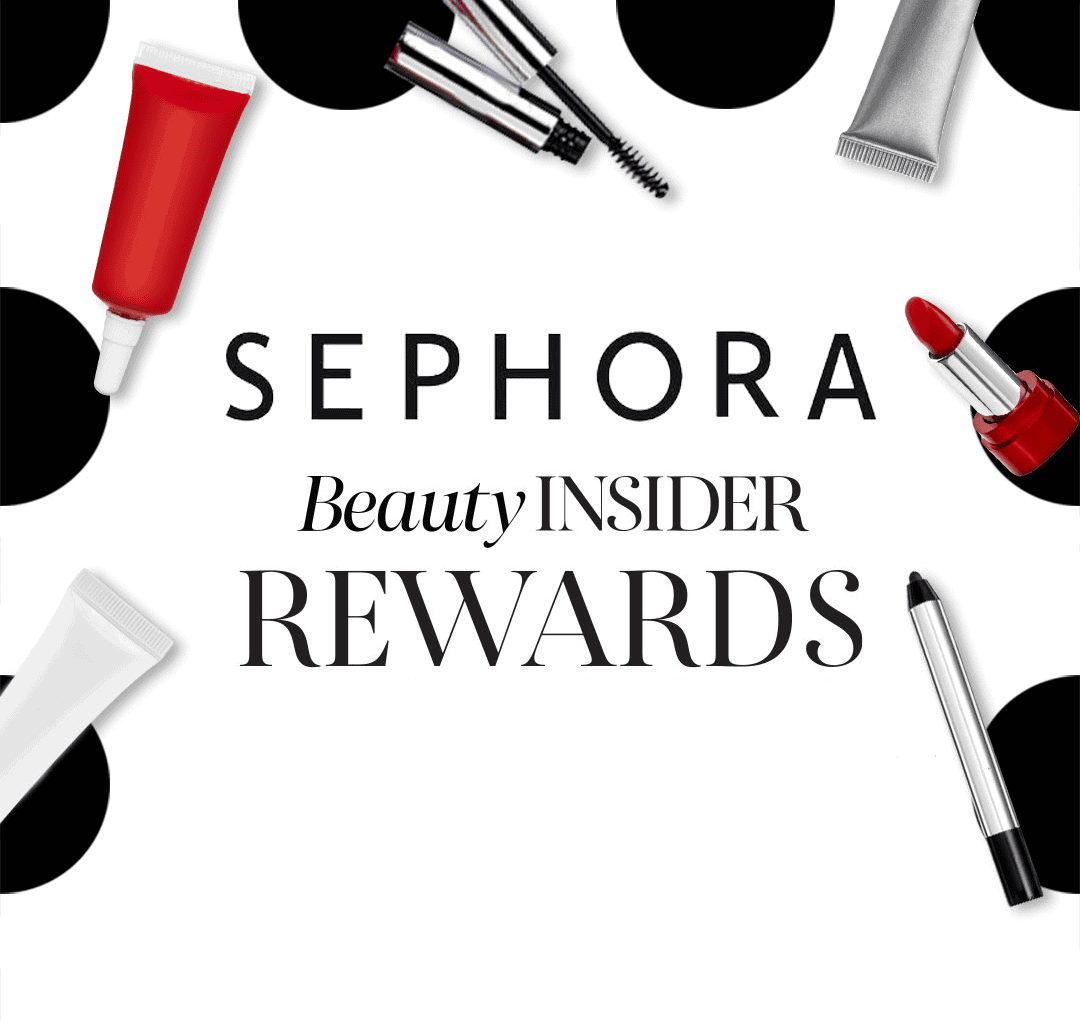
Who wouldn’t want to be a Sephora Beauty Insider if you buy any kind of cosmetics and skincare? Sephora sweetens the deal in major ways.
First, it’s free to join the Beauty Insider program. You can also access a ton of perks, including:
- Exclusive events
- Exclusives in the app
- A free birthday gift if you’ve spent $25
- The Rewards Bazaar
- Auto-replenish subscription services for products, with five percent off
- End-of-year discounts
- 2x points multiplier events
- 10 percent off seasonally
- Beauty Insider Cash
- Free standard shipping without a minimum purchase
And here’s the smart thing Sephora does. The Beauty Insider club gives you a taste of how great your experience can be as a VIP. You might feel the itch to upgrade to a VIB or Rouge tier to earn even more rewards, especially if you spend upwards of $1,000 a year on Sephora products.
Starbucks rewards
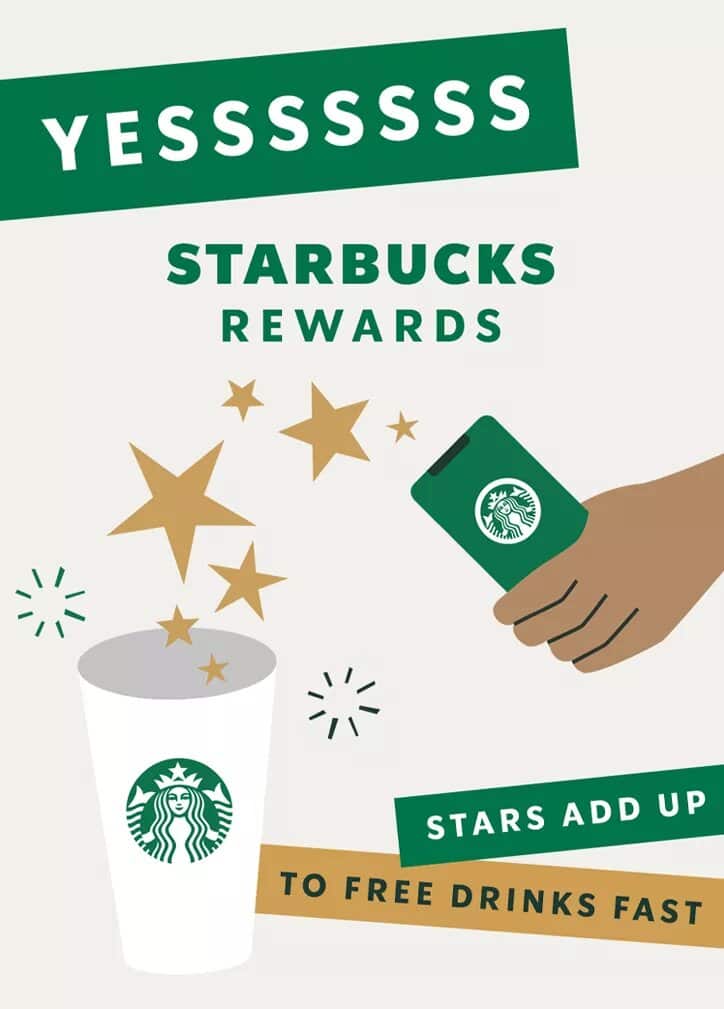
If you’re like most of us and rely on caffeine to get through your day, take a gander at the Starbucks Rewards Club. You only need a Starbucks account and the app to join. You then begin collecting Stars for your orders. The Stars are redeemable for Rewards, and you only need up to 25 Stars to get stuff.
Starbucks Rewards members can use the Stars for free drinks, food, and other goodies. For example:
- 100 Stars apply towards a free packaged snack, bakery item, or brewed iced or hot tea or coffee
- 200 Stars apply towards a free hot breakfast or free handcrafted drink like a latte or cold brew
- 300 Stars apply toward a free at-home coffee, protein box, or sandwich
- 400 Stars applies towards $20 worth of Starbucks merchandise, including drink tumblers and signature cups
Domino’s Piece of the Pie rewards
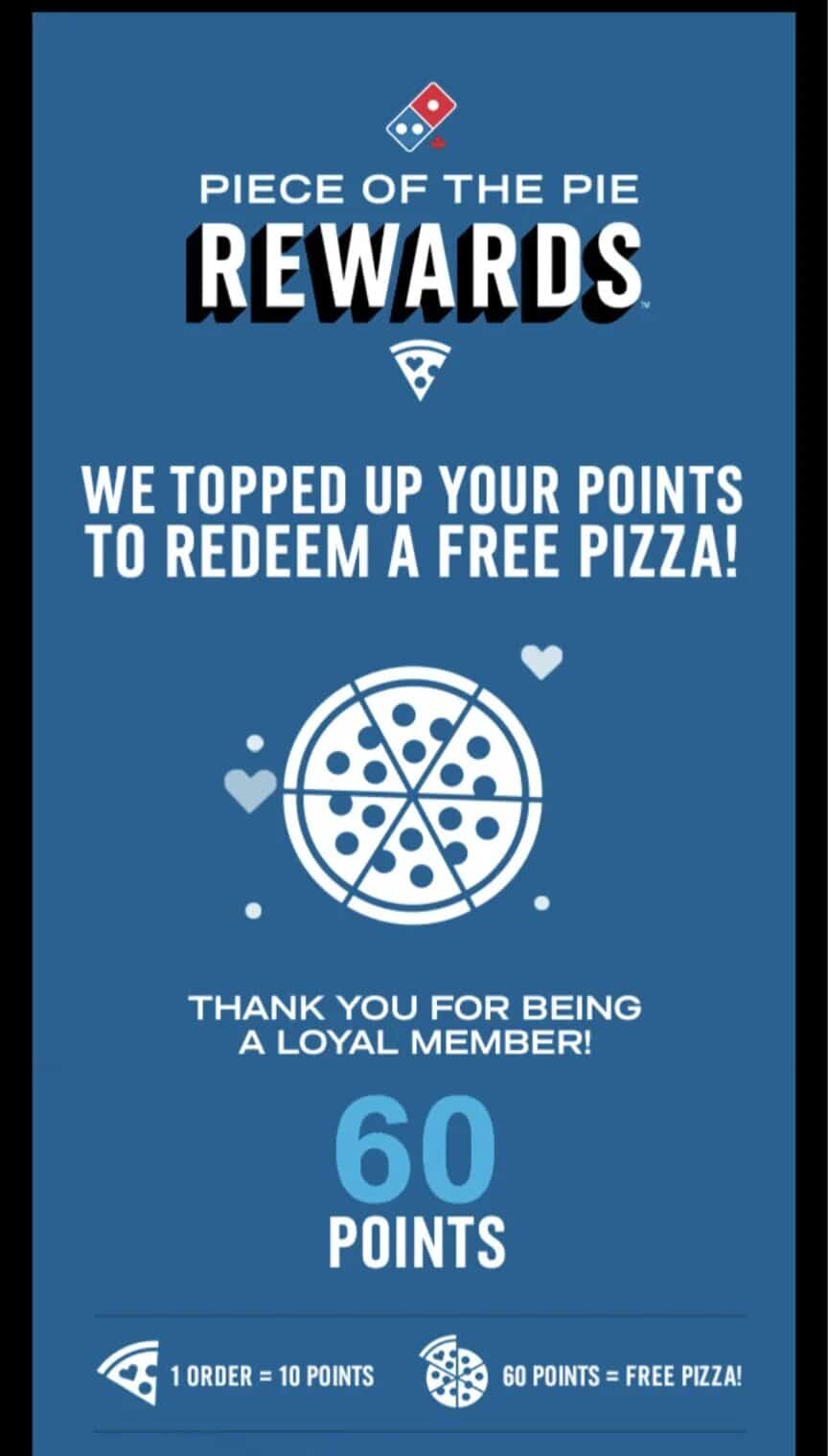
Now, here’s one I take advantage of quite often. Domino’s Piece of the Pie Rewards is a points-based customer rewards program.
You get points every time you order Domino’s, which can be redeemed in as little as 10 points. The freebies you can earn get better as you accumulate more points. At 20 points, you can get a 20-ounce drink, 16 pieces of Parmesan Bread Bites, or a free dip cup.
Then, at 40 points, you can get free Stuffed Cheesy Bread or Bread Twists, and at 60 points, you can redeem points for a free medium-sized two-topping pizza. Well, that or a three-piece Chocolate Lava Crunch Cakes, an Oven-Baked Sandwich, or pasta.
The north face XPLR pass
Outdoor gear brand The North Face retains customers in part due to its XPLR Pass, which is free to obtain as a shopper.
You get an immediate reward of a 10 percent discount on your next online order after joining. Also, as you order more North Face gear, you earn points. The points work; you get one point for every $1 you spend. Earn up to 100 points to save $10.
More than that, the XPLR Pass also grants members access to exclusive gear, including collaborations and limited-edition products. Members can field-test purchases and get special rewards on their birthdays.
LEGO insiders
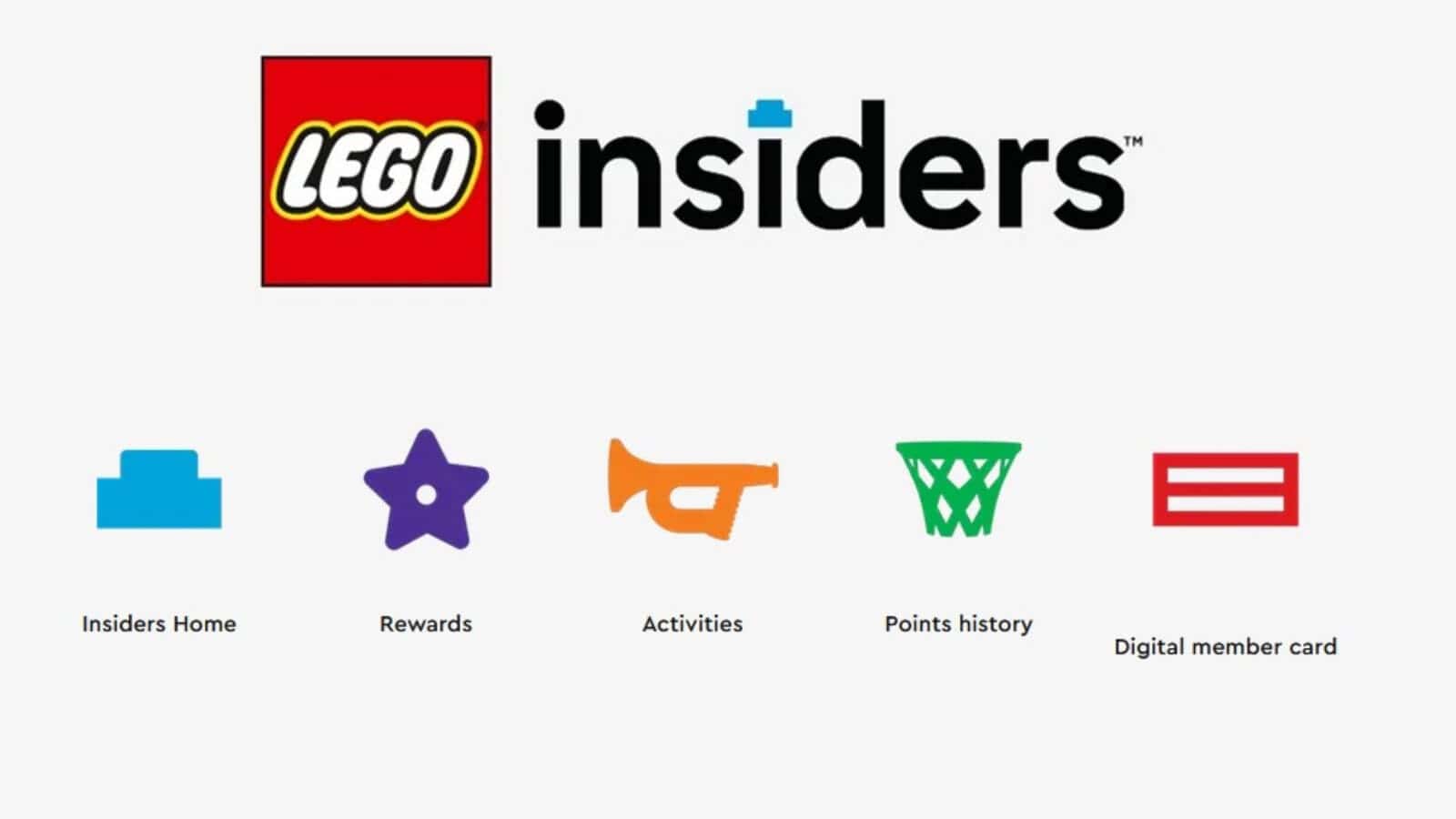
You’re never too old to play with LEGOs, so why not join LEGO Insiders? It’s free to partake in the group with a LEGO account.
As a member, you earn points when you purchase LEGO goodies. When special LEGO sets go on sale, you’ll be the first to know about it, and you also get gifts with your purchase. Members are the only ones who can access Insider discounts and gear, and even members-only LEGOLAND tickets are on the table.
These huge brands have proven that a multifaceted customer rewards program that offers a variety of rewards will appeal to the biggest audience.
You’ll also notice that it’s free and easy to join any of these successful loyalty programs, and some even reward you as soon as you become a member. Customers appreciate all that.
Read more: How to Engage With Customers After the eCommerce Checkout
Common Mistakes to Avoid
Navigating your first customer rewards program can be fraught with difficulties. That said, you don’t want to find yourself caught in one of these mistakes.
I’ll explain why they’re essential to dodge and how.
Overcomplicating the program
I can understand the allure of overcomplicating your customer rewards program. If it has a unique slant, customers might choose your program over a competitor’s.
Yet this choice often backfires, as the more complex your rewards program, the less participation it gets.
Simplicity is needed throughout the entire process. It should be easy to join, easy to start earning, and—most importantly—easy to obtain rewards.
I know that sounds so obvious it isn’t almost worth mentioning, but I assure you, it is. Simplifying your process will encourage more people to participate and make it easier for others to join.
Ignoring customer feedback
What’s the point of asking for feedback if you don’t have plans to implement it? Your customers could find themselves asking that very question.
You don’t have to implement every last recommendation a customer makes. That would be impossible, anyway. But you can’t dig your head in the sand and ignore the comments that always come up. Customers mention those things because they want you to change them.
Do your audience a favor and make improvements on their behalf. They’ll feel like what they say and do matters, increasing their loyalty and perception of your brand.
Lack of promotion
This goes back to what I said before. While it would be great if your rewards program could promote itself, it doesn’t work that way. You need to be ready and willing to put the word out.
Use content marketing, social media, email marketing, and targeted advertising to connect with audience segments and inspire them to join.
Conclusion
Customer rewards programs provide long-term benefits, especially those that are well-designed. Launching a rewards program or improving your existing program can pay back dividends with the advice and recommendations I have for you today. You can proceed with your rewards program with the utmost confidence.
EngageBay is an all-in-one marketing, sales, and customer support software for small businesses, startups, and solopreneurs. You get email marketing, marketing automation, landing page and email templates, segmentation and personalization, sales pipelines, live chat, and more.
Sign up for free with EngageBay or book a demo with our experts.
FAQ
What is the best type of rewards program for small businesses?
Rewards programs based around subscriptions are a popular choice for small businesses. You can stabilize and increase your income in a relatively short period, putting your business in a better position to grow.
How do I measure the success of my customer rewards program?
Get into a habit of tracking metrics like Customer Lifetime Value, Net Promoter Score, participation rate, engagement rate, purchase frequency, and purchase amount.
What are some common pitfalls to avoid when creating a rewards program?
The biggest pitfall associated with rewards programs is overcomplicating them. They should be free and easy to join to get the most people to participate.
How can I make my rewards program more engaging for customers?
Promote your program to keep it growing, and consider adding gamification to make program participation new and exciting.
What tools can help manage and track my customer rewards program?
Tools dedicated to customer rewards programs are a great option here, but you also can’t go wrong with a solid CRM like EngageBay.
How often should I update or revise my rewards program?
You should review how your rewards program is performing and then, based on that data and your latest products and services, update it once or twice a year.
How can I ensure my rewards program is profitable?
Promoting your rewards program is one way to ensure its profitability, as you can get new people to join. You also have to make the program worth participating in by offering excellent rewards.
What incentives work best to encourage customer participation in rewards programs?
Customers love everything from freebies to exclusives, discounts, gifts, and early access.
How do I promote my customer rewards program effectively?
You need to take a multifaceted approach to promotions, using a combination of email, content marketing, social media, and advertising to reach your target market.
Can a small business afford to run a customer rewards program?
Sure, they can. Everything might be smaller by comparison, but regardless, you should still use rewards programs. They’re an excellent way to supercharge your business growth.
